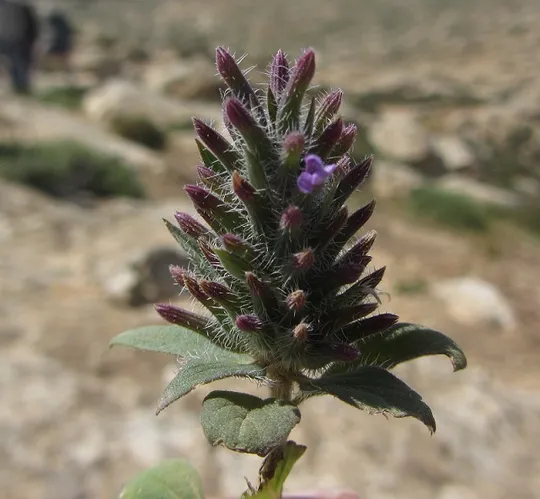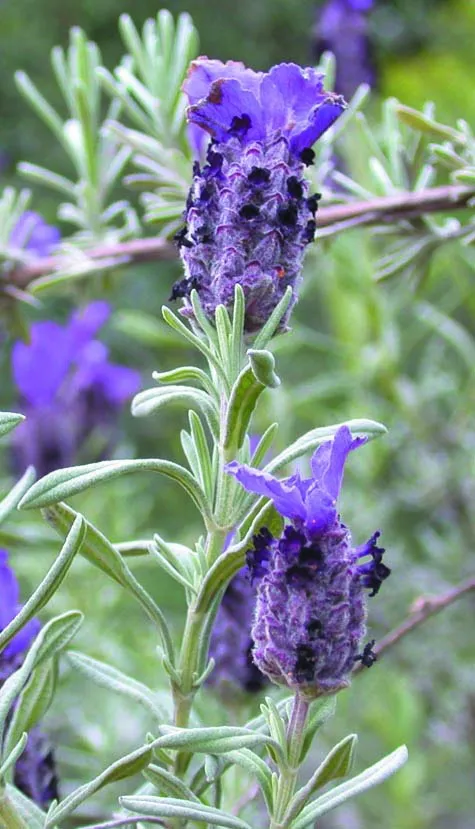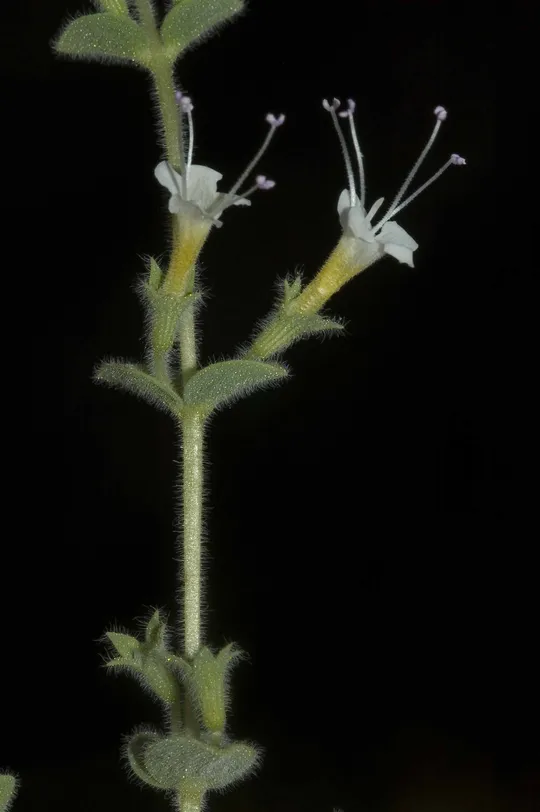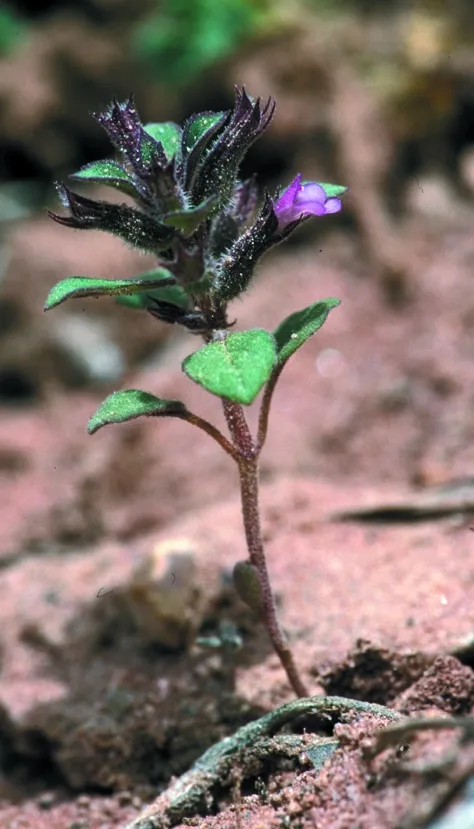Ballota philistaea
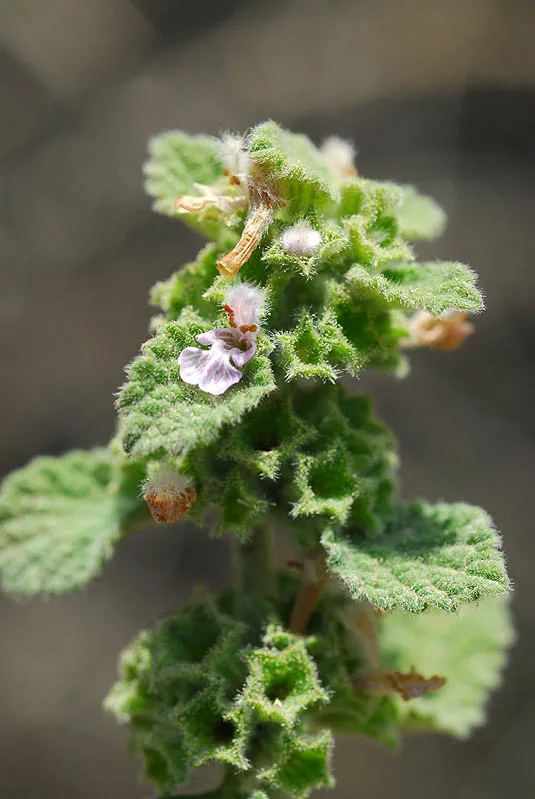
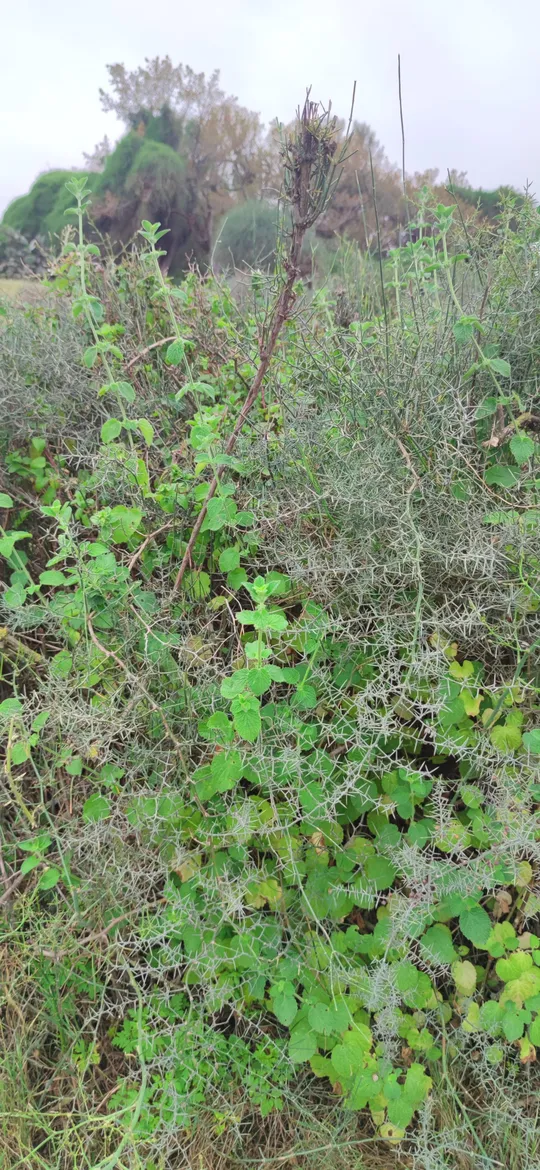
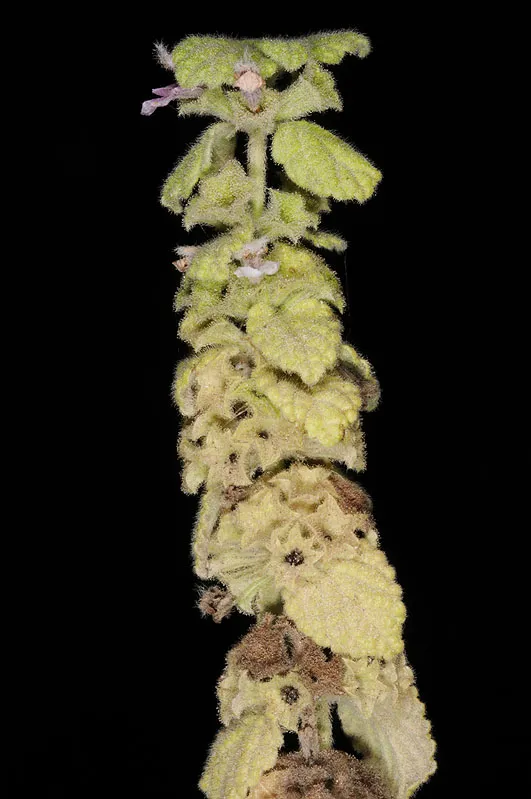
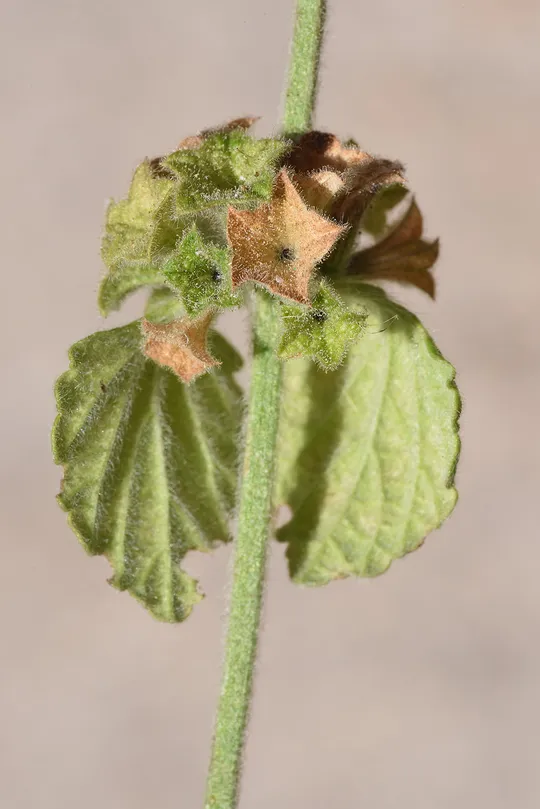
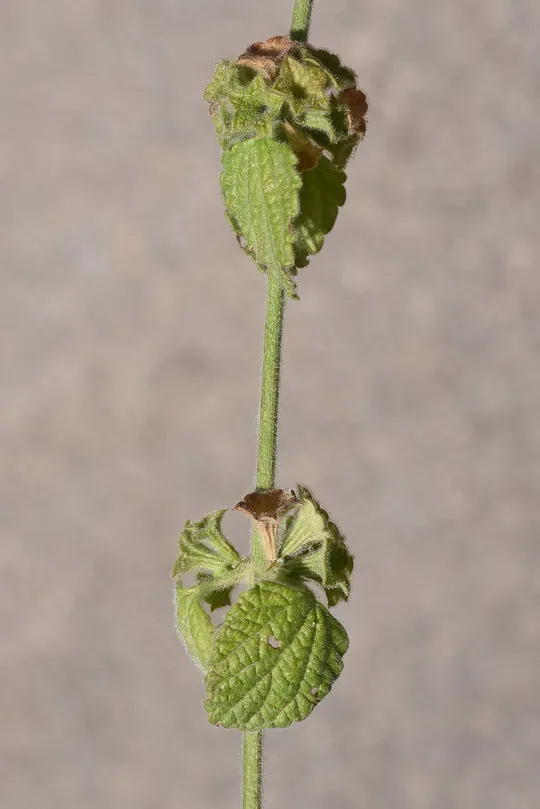
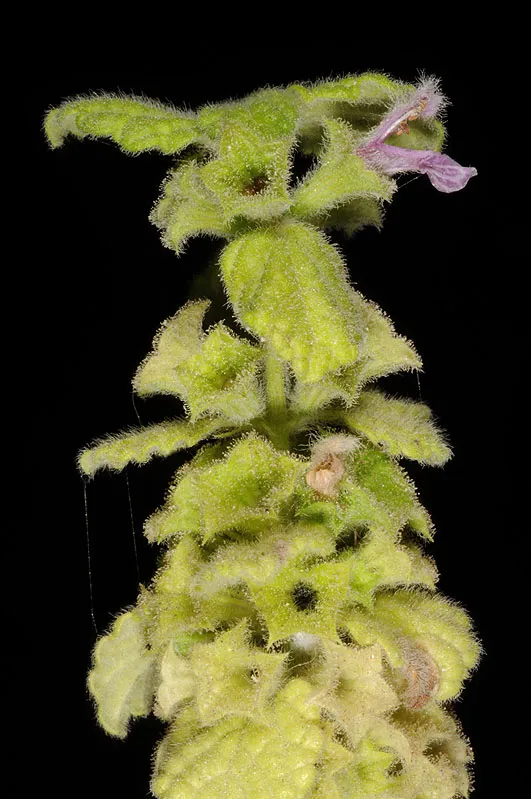
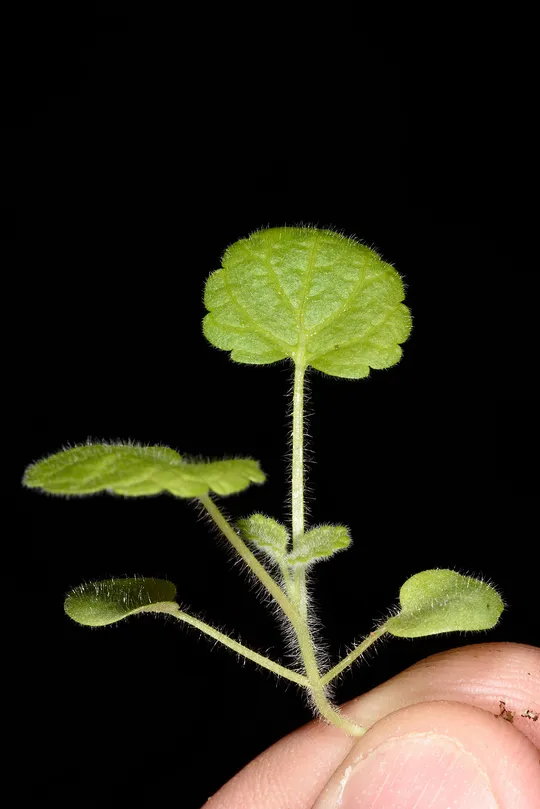
Ballota philistaea grows and grew in the past in three regions on the coastal plain: Carmel Beach, Sharon and the Philistean Plain. On the Carmel beach, it is present at a few sites in the area of the Dor- HaBonim beaches. In the Sharon and Philistean Plain, it can be found at dozens of sites. B. philistaea also grows on the Edom Hills.
Stabilized sand dunes and hamra sand, sometimes in the shade of carob and sycamore trees, in close proximity to Pistacia lentiscus, Lycium schweinfurthii and Retama raetam shrubs.
The genus Ballota includes 35 species, commonly found in the Mediterranean and in the western Irano-Turanian areas, penetrating into Central Europe. One species, B. nigra migrated to North America.
B. philistaea is an endemic species, with a disjunct distribution on the Coastal Plain and in Edom. The species grows on sandy soil in both places. This disjunct distribution is characteristic of another 12 Mediterranean species, such as Alkanna tinctoria, Galium philistaeum, Daucus glaber, Corynephorus divaricatus, Pseudorlaya pumila and others. It apparently indicates a continuous botanical link, which existed in the geological past, between the coastal plain and Edom under a common Mediterranean climate. As the climate became drier in the Holocene, the populations of this group of species were separated. The fact that they have not yet undergone speciation indicates that the separation is not very ancient.
B. philistaea belongs to a section of Ballota species that have only five calyx teeth. This contrasts with other Ballota species in Israel whose calyx has 10 teeth. The closest species systematically and geographically to B. philistaea is B. nigra; this is the most common species in South and Central Europe, but in Israel it is episodic and was found only four times. B. nigra may possibly be the species of origin of B. philistaea.
• Development of sand and of hamra sand areas on the coastal plain is the main factor threatening V. cypria, and could result in the disappearance of the from multiple sites.
• B. philistaea usually appears as scattered individuals at the sites, each a few meters up to tens of meters apart.
• The subspecies is endemic and grows only in Israel and in Edom, thus the threat in Israel is also the global threat.
• B. philistaea is protected in the White Acacia Nature Reserve near Ashdod and in the Carmia Nature Reserve.
The plant’s habitat in Israel is special and distinct: in the shadow of trees and tall thickets, on sandy soil in the coastal plain. At least two large areas that contain this habitat on the coastal plain should be preserved and their populations monitored. Cattle grazing in the shade of trees trample Ballota philistaea, leading to domination by nettles. The degree of grazing that allows the species to survive should be studied.
Ballota philistaea is endemic to Israel and to southern Jordan. In Jordan, the species grows only in the south, and is limited in its distribution to sandstone, in the Petra area up to Shobak. There it grows in the shade of olives in orchards and deep crevices, usually shaded between sandstone cliffs.
Ballota philistaea is a perennial grass that grows in a large number of sites on the coastal plain, especially in the Sharon and the Philistean Plain. The plant is threatened because of the constant development pressure in these regions, which reduces the plant’s natural growing areas. This is a special case in which the species could not be classified as "red" according to the criterion of rarity (it could be found in more than 100 sites in the country). Nevertheless it was included in the red group because it is a sub-endemic species and because of its vulnerability to the impact of development activities.
Current Occupancy Map
| 1000 squre meter pixel | 5000 squre meter pixel | 10000 squre meter pixel | |
|---|---|---|---|
| number of observations | 0 | 0 | 0 |
| in total pixels | 0 | 0 | 0 |
| Family | Lamiaceae |
| Classification | On the endangered species list |
| Ecosystem | Coastal area |
| Chorotype | Eastern Mediterranean (Endemic) |
| Conservation Site | Caesarea Sands, Carmia Nature Reserve |
| Rarity |
1
1
6
|
|---|---|
| Vulnerability |
0
3
4
|
| Attractiveness |
0
0
4
|
| Endemism |
0
3
4
|
| Red number |
1
3.7
10
|
| Peripherality | 0 |
| IUCN category | DD EW EX LC CR EN VU NT |
| Threat Definition according to the red book | Vulnerable |
 Based on:
Based on:
